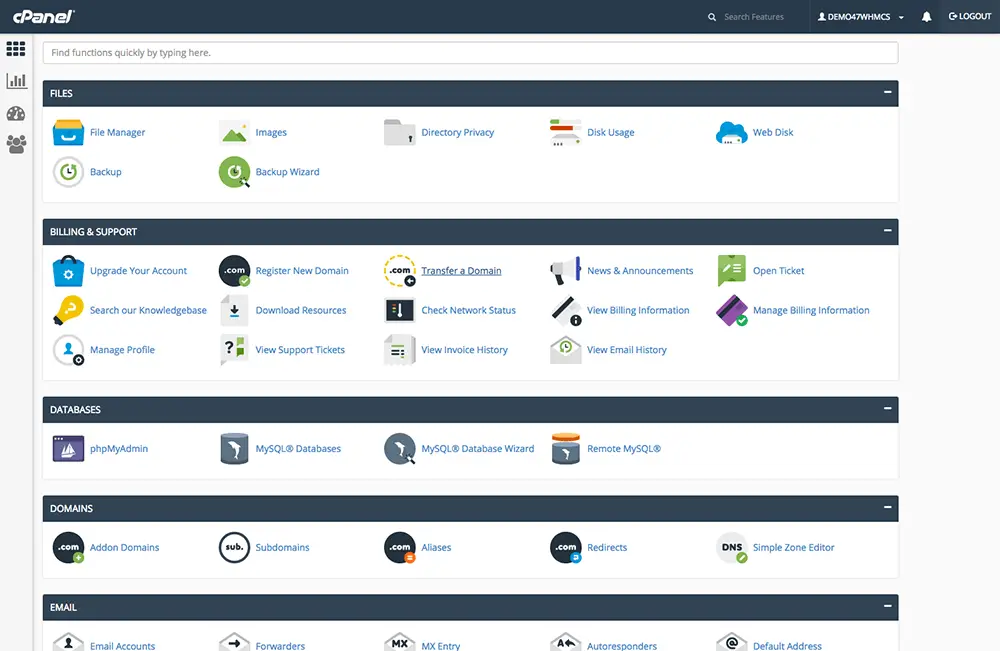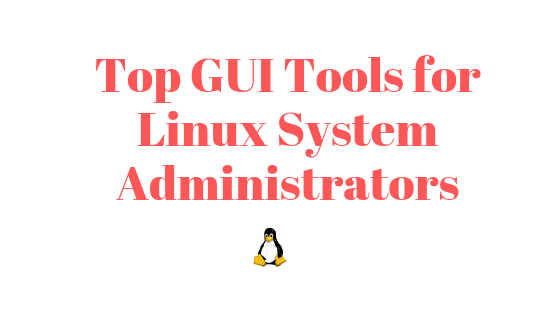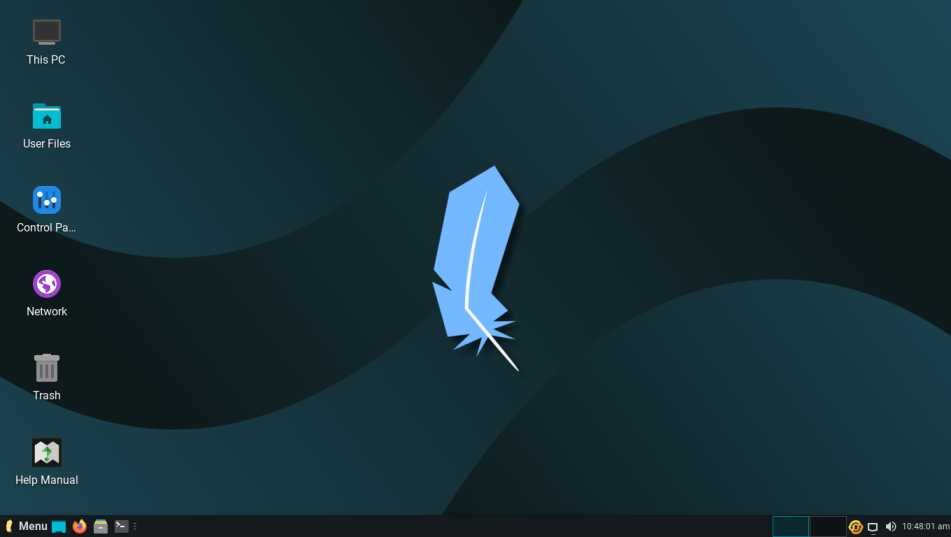Insight: Top GUI Tools for Linux System Administrators
Let’s have a look into the list of top GUI tools for Linux system administrators. If you are tired of running command and need some change then this post is for you.
Top GUI Tools for Linux System Administrators
1. cPanel
cPanel is one of the popular software to manage web hosting. You can use it to manage hosting, domains, and email services. Sadly, cPanel is not freely available. Meanwhile, there are free and open-source alternatives to cPanel and you can check them here.

2. phpMyAdmin
phpMyAdmin is another popular tool to manage MySQL databases. It is free and open-source software. You can manager databases through web browsers.
3. Zenmap
Zenmap is the official Nmap Security Scanner GUI tool. It is a multi-platform, free and open-source tool to look over the network issues.
4. Cockpit
The cockpit is an easy-to-use, lightweight, and open-source tool to monitor servers. It can monitor and administer several servers at the same time.
5. Shorewall
Shorewall is a GUI tool for system administrators to configure gateway/firewall for Linux. It allows you to partition the network into zones and gives you complete control over the zones and the connections permitted between them.
6. YaST
Yast or Yet another setup tool is a configuration tool for openSUSE and the SUSE Linux Enterprise distributions. It can be used to customize your system quickly during and after the installation. You can configure your entire system. Setup hardware, configure the network, system services, and tune your security settings.
7. Webmin
Webmin is another popular server administration tool for Linux. You can setup user accounts, Apache, DNS, file sharing, and much more through any web browsers.
8. Apache Directory







